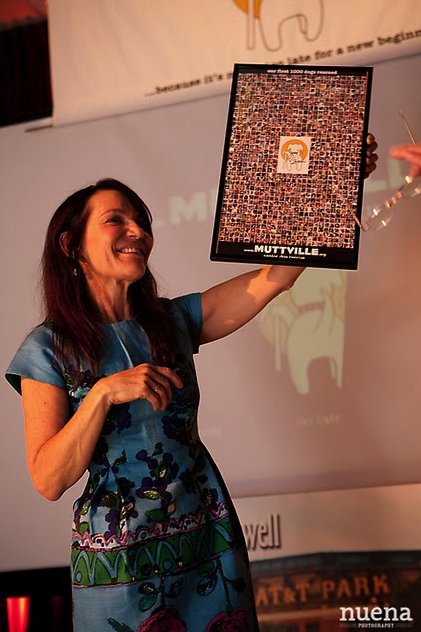
Yes, you should send out event invitations. Yes, you should send out sponsorship letters to prospective sponsors for the event. Yes you should use PR, your e-mail newsletter, and every other method at your disposal to raise money for your fundraising event. But, the most powerful weapon in your arsenal is… the phone.
Many non-profits that would never think of trying to run a $500,000 major giving fundraising campaign without making calls and doing face-to-face meetings will none the less try to raise the same amount for an event simply by sending out letters and invitations and doing a nice event sponsorship package that gets mailed out to donors.
Don’t make this mistake… treat your event like you would a capital campaign. Start with your prospective sponsors, and after you send out a letter, do calls and one-on-one meetings. Then move to your prospective event guests – target people who could buy whole tables and/or sell 5 or 10 tickets to the event and give them a call or go see them at their office.
Pick up the phone and use it to generate revenue for your next fundraising event.
#2: Find Supporters Who Will “Own” the Event
Most non-profits know the importance of putting together a host committee for fundraising events, but very few put together event committees that really move the revenue dial. Instead, many organizations end up with a committee that spends all of its time discussing the menu and the floral arrangements, and then at event time asks for a discount on the ticket price for host committee members.
Without fail, the organizations that hold the biggest fundraising events (in terms of net revenue, not attendees) put together host committees comprised of supporters (a) who understand that this is a fundraising event, and the job of the committee is to raise money, and (b) who “own” the event, taking personal responsibility for meeting the event fundraising goals by working hard to sell sponsorships and tickets.
If your organization isn’t putting together host committees like this, now is the time to start. This year, for your next event, try to start adding committee members who will own the event, and make it clear to the entire committee that meeting the event’s fundraising goal is priority #1.
#3: Do One Remarkable Thing at Each Function
The success of an annual non-profit fundraising event grows over time. If attendees enjoy themselves at your event this year, you can be sure that they come to the event next year and will talk about it with their friends and colleagues, some of whom will likely attend as well. As the years go by, your event gets bigger and bigger, and in turn, you are able to raise more revenue with each succeeding year.
A great way to accelerate this process is to make sure your organization does at least one really remarkable, water-cooler-gossip-worthy thing at each event. This could be an simple as having a local celebrity attend as a surprise guest, or as complicated as renting out the next-door pub for an after-party at your annual young professionals event.
Whatever it is that you decide to do, doing something really remarkable will get people talking about your event – and in turn, will make more people want to come to your event next year.

